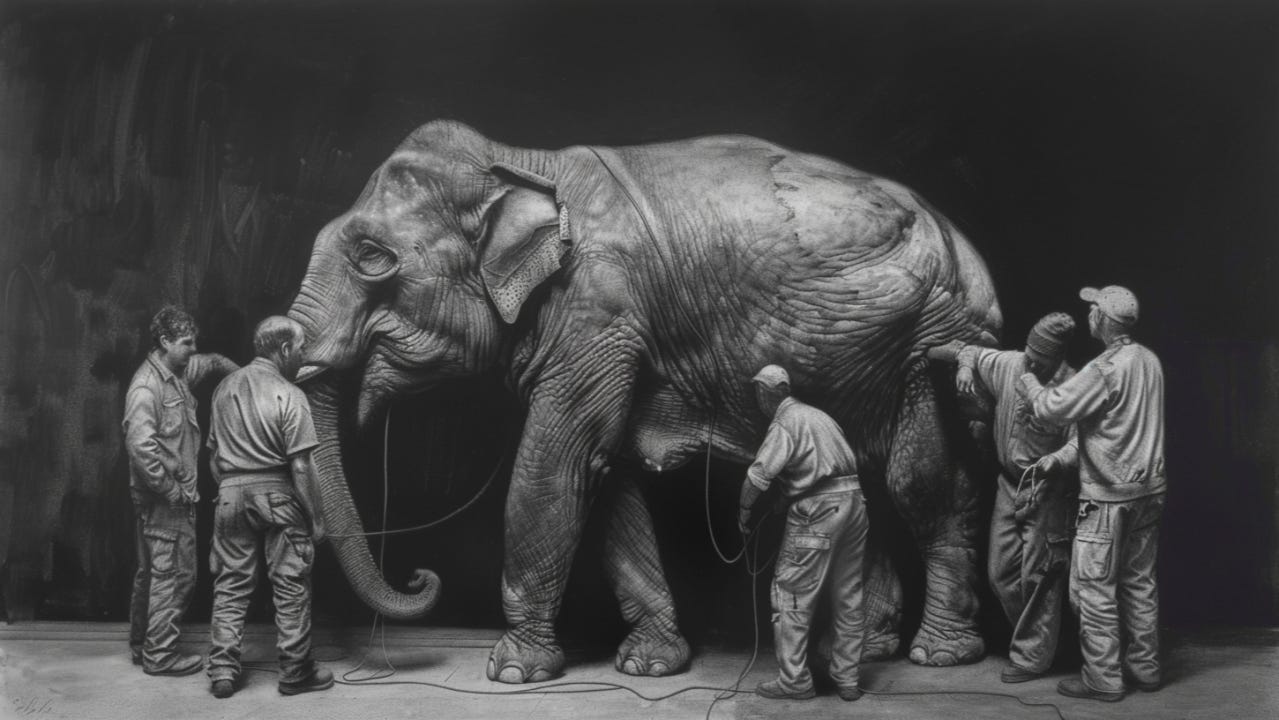The blind men and the elephant
Emile Zola’s observation that "art is a corner of reality viewed through a temperament" beautifully illustrates the notion that truth can be multifaceted and subject to interpretation. When applied to current discussions of fake news and fact-based reporting, it becomes clear that even when facts are indisputable, their significance and meaning are often shaped by the lens through which they are seen.
In the context of war, both sides may use the same events or facts but interpret them in ways that validate their own beliefs, such as invoking divine support. This speaks to a deeper issue in the concept of truth: while facts may be objective, their interpretation is inherently subjective, influenced by cultural, religious, or ideological perspectives.This aligns with Zola's notion that reality, like art, is only ever a "corner" — it is never the whole picture and is always filtered through the perspective of the viewer or reporter. In journalism, where facts are ideally central, the framing of those facts can drastically alter their meaning. For example, a man kills another man, one media outlet might report a murder, another might report an act of terrorism, yet another might present it as the work of a freedom fighter. The reported sets of facts may be accurate, but the meaning derived from them will vary depending on how they are presented and the ideological perspectives driving that presentation.
This dual nature of truth — as both a factual reality and a narrative constructed from perspective — complicates the idea of "fact-based reporting." While facts provide a foundation, the way those facts are connected, emphasised, or downplayed can give them different meanings. This is what often leads to the polarisation of truth in public discourse. The same set of facts can be weaponised by different sides of an argument to support opposing views, just as art presents a corner of reality that is shaped by the artist’s vision.
In this way, Zola’s artistic principle applies not just to the realm of art but also to how we interpret reality in general. Truth, therefore, is not static; it evolves with the prism through which it is dissected and the lens through which it is viewed. What a truth means depends upon where it is perceived from. In the age of fake news, recognising the role of perspective in shaping truth is crucial to navigating the subtle complexity of media and public discourse
.


